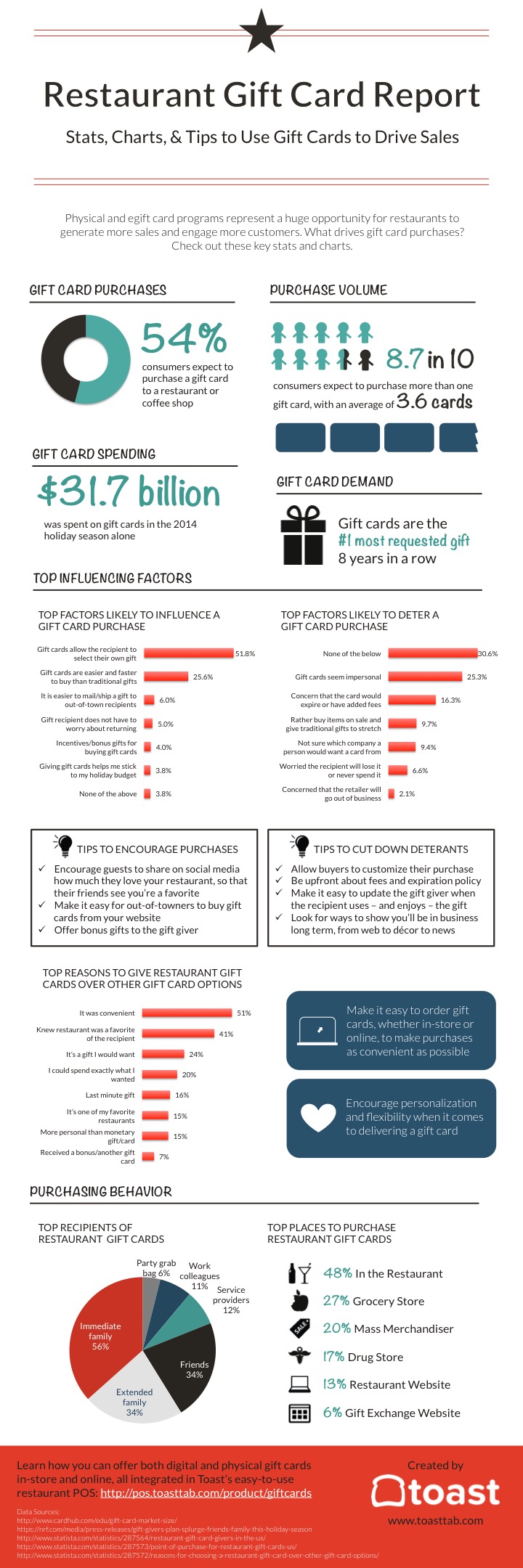Personalized glass honors evoke a steadfast spirit of commitment and excellence. They promote a culture of recognition that transcends hierarchical boundaries.
Wheel inscription is presented on a cup likely made in the 1700s covered with elaborate Chinese-style themes. These concepts introduced allegiance to the Jacobite cause. This is an exceptional instance of just how imported Asian goods influenced European style patterns.
Beginnings
As glassmaking came to be more sophisticated, engravers understood that a style included in an item of glass changed it from functional into desirable. They try out a range of scraping, abrading and reducing strategies.
One of the most experienced engravers created fine in-depth job. Anna Roemers Visscher, that was a glass cutter and engraver, was renowned for her fragile blossoms, motivated by the nature publications popular in her time.
Engravers also carved fine linework into glass. By the end of the 17th century, engravers had begun to abandon linear clarity in favour of crosshatched chiaroscuro impacts. One of the earliest examples is tape-recorded on a jug by a Rotterdam engraver who signed his deal with a doodled flexibility and vigour that lifted it above the rest.
Engraving continued to be a prominent method, although it was progressively eclipsed by cut glass and new techniques such as etching, which was less expensive than engraving. However, economic pressures after c1905, together with declining quality of cut glass, saw a rise in the appeal of personalized glass, called rock crystal.
Strategies
Glassmakers made use of a selection of strategies to mark or embellish the surface of a vessel, typically integrating different methods. One technique called stipple engraving, for example, makes use of a factor of tungsten or ruby to make small dots on the glass surface area which produce contrasting white lines when light lusters through them.
Engraved glass awards are valued for their style and stature. They mirror the deep esteem and regard that business hold for their employees and foster a culture of quality.
The clarity of glass symbolizes the transparency and honesty of corporate acknowledgment, urging receivers to take stock of their achievements and review their trip in the company. Furthermore, the ability of engraved glass to present individualized text and imagery permits the production of extremely distinct and meaningful awards that stimulate the feeling of grandeur associated with this remarkable product.
Styles
From the sleek lines of company honors to the etched text on glass prizes, etched crystal is a stylish symbol of acknowledgment. Whether shown on someone's desk or kept as a memento, these individualized pieces share a feeling of eminence and professionalism and reliability that is difficult to locate in various other materials.
The design of engraved glass has transformed gradually to reflect changing preferences and technological advances. The old method of copper-wheel inscription has actually resisted forecasts of obsolescence, and brand-new techniques like etching are taking control of where stippling when held sway.
The earliest diamond-point engraving, of the 16th century, is tight and formal. It gradually came to be much more flexible and pleasing, however could conveniently degenerate into over-elaboration. In the 19th century Thomas Webb & Sons presented "rock crystal" with deep cutting and copper-wheel engraving, which copied high-end vessels cut of rock crystal in Europe and the Orient (see Ewer by Webb & Sons). The company's primary engravers were Bohemian immigrants Frederick Engelbert Kny and William Fritsche, who authorized their work with a monogrammed G.
Significance
Engraved glass was costly and sought after. This was due to the fact that it included one of the most demanding glass refining technique and depended upon the precision and initiative of an experienced artisan. The highest point of inscribing was available in the 17th century and was very much a part of the Baroque and Rococo durations.
During this time around, engraved cups could be used to connect messages of social status. They would certainly show family members crests and political loyalties. They can likewise show off one's taste for the latest style and design patterns.
Today, personalized glass is still a crucial art form. Nevertheless, advances in innovation and laser modern technology have streamlined the procedure and made it much more exact. The resulting intricate styles are both stunning and resilient. In addition, new kinds of glass have actually been developed to react far better to lasers. This has read more increased the opportunities for musicians and developers. It also lessens the environmental effect of the procedure. For example, optical crystal is an exceptional choice for engraved honors because it is clear and shows light well.
